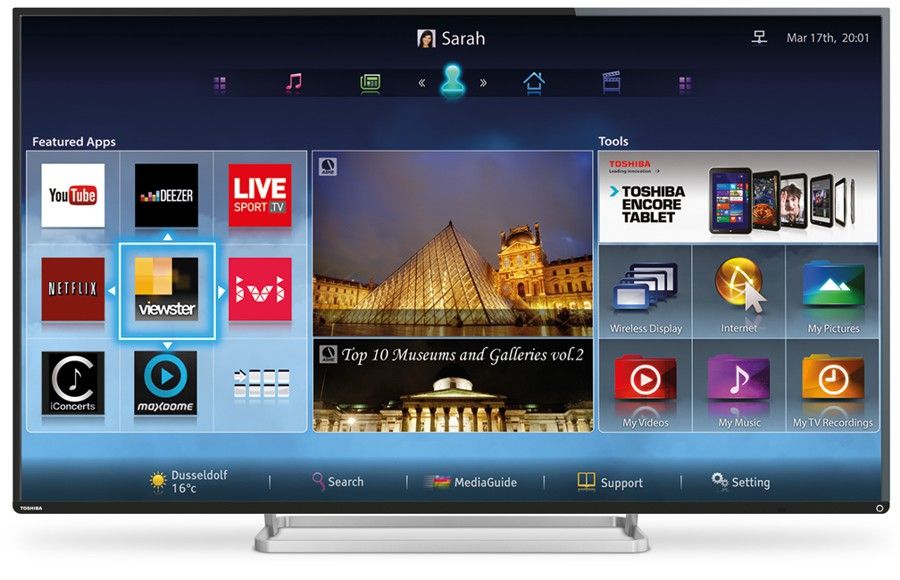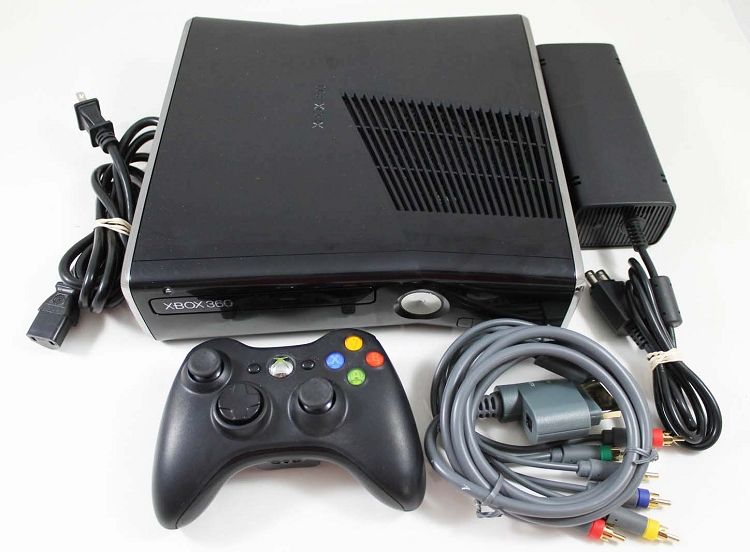What format does the TV support?
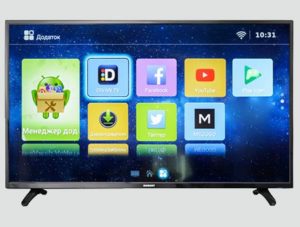 Old CRT TVs did not have a wide range of playable formats. And the formats themselves were few, sometimes they weren’t even thought about, because there was only an analogue television single and a VCR.
Old CRT TVs did not have a wide range of playable formats. And the formats themselves were few, sometimes they weren’t even thought about, because there was only an analogue television single and a VCR.
Modern digital technologies have various forms of playback, and before watching a video, you need to make sure whether the TV receiver can read information from an external media. Moreover, the number of codecs that help recognize information is gradually increasing.
REFERENCE! The latest TV models, thanks to updating their software, can support almost all existing formats. Therefore, when buying a new TV, you don’t have to think about what type it supports.
The content of the article
What are the main formats?
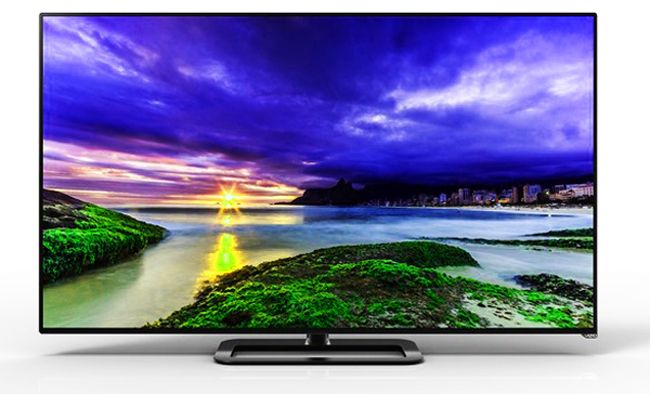 The first TVs that had a USB output could only read photos. However, progress does not stand still. Nowadays media files can be transmitted using wireless technology, and modern models of TV receivers released over the past couple of years can play almost all existing formats, thanks to available codecs that are constantly updated. Thus, the latest models can recognize:
The first TVs that had a USB output could only read photos. However, progress does not stand still. Nowadays media files can be transmitted using wireless technology, and modern models of TV receivers released over the past couple of years can play almost all existing formats, thanks to available codecs that are constantly updated. Thus, the latest models can recognize:
- MPEG - 1, 2, 3, 4;
- DivX;
- 264 BP, MP, HP;
- JPEG;
- MVC;
- AVC;
It is worth adding file systems of external media, such as NTFS, FAT 32.
However, a complete and accurate list of readable formats is indicated in the instructions that come with the TV.
The most common are MPEG, DivX, H - 264.
What are the advantages of each option?
Each of the existing formats has a number of advantages.
MPEG
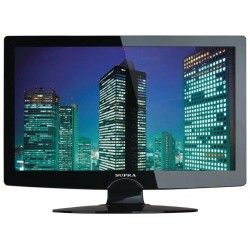 This format has gained its popularity among viewers because it compresses large files into a small volume, while the image quality remains quite acceptable. The quality of the reproduced signal will depend on:
This format has gained its popularity among viewers because it compresses large files into a small volume, while the image quality remains quite acceptable. The quality of the reproduced signal will depend on:
- Raw material. The higher the quality of the source, the better the picture and sound of the processed file;
- Bitrate and picture quality. The more compressed the source file is, the worse the image will be.
The advantages of the standard include:
- Good compression of source files;
- Wide range of possibilities for managing media material;
- The coding model does not stand still and is constantly updated, expanding capabilities;
DivX
It appeared as a result of a hacker organization hacking the MPEG-4 format. After some time, it was patented and began to be developed. Now this is one of the most popular and widespread playback formats. Unlike its progenitor MPEG, it allows you to significantly compress the source file while maintaining its quality. However, with the advent of XviD, it became less popular.
The XviD format, despite its advantages, may not be playable on some devices. Sometimes this requires installing additional software.
N - 264
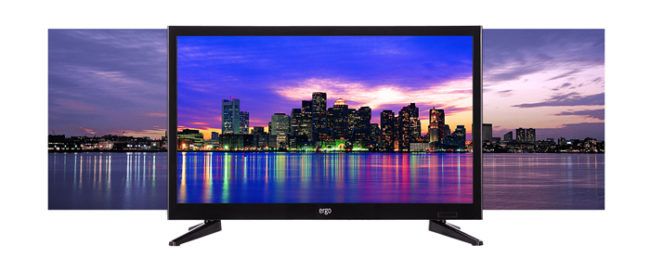 The most modern format. After its appearance at the beginning of the 21st century, it quickly gained popularity and began to be used everywhere. This was achieved thanks to the highest quality image, which is preserved after compression to the smallest weight. It is even used to record movies in Blu-ray format.
The most modern format. After its appearance at the beginning of the 21st century, it quickly gained popularity and began to be used everywhere. This was achieved thanks to the highest quality image, which is preserved after compression to the smallest weight. It is even used to record movies in Blu-ray format.
Why doesn't the TV play video even though the format is suitable?
It happens that the format is indicated in the instructions as readable, but the TV refuses to read it. There may be several reasons:
- Non-standard resolution. For example, a TV can reproduce common 16:9 or 4:3, but the video file has a different picture resolution. Then the TV receiver will not be able to read the source;
- Bitrate with bitrate too high. In this case, the file will either not play, or there will be significant desynchronization of the audio and video tracks;
- The recording to the external media was completed with errors or there may be missing file fragments;
To avoid possible problems when viewing files, you must carefully study the instructions to find out what formats this TV model supports.




